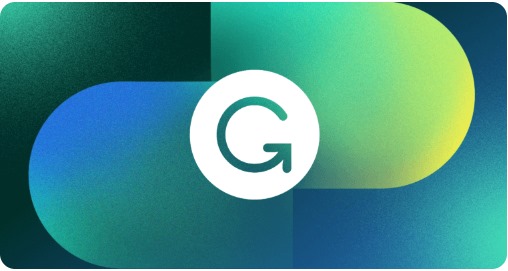Quetext is a user-friendly plagiarism detection tool that uses DeepSearch technology to conduct thorough scans of internet sources and academic databases. It offers both free and premium plans, making it accessible for individual users and small institutions.
TURNITIN

One of the most popular tools for detecting plagiarism in educational institutions across the globe is Turnitin. It is well known for having an extensive database and sophisticated algorithms for detecting plagiarism. Turnitin is a mainstay for academic integrity because it is integrated into numerous Learning Management Systems (LMS).
Strengths
Comprehensive Database: Turnitin boasts an extensive database that includes billions of web pages, academic papers, and publications. This vast repository allows for thorough plagiarism checks.
Advanced Algorithms: The tool employs sophisticated algorithms that can detect not only verbatim plagiarism but also more subtle forms, such as paraphrasing.
Integration: Turnitin integrates seamlessly with popular Learning Management Systems (LMS) such as Moodle, Blackboard, and Canvas.
Detailed Reports: Turnitin generates detailed originality reports that highlight potential instances of plagiarism and provide links to the original sources.
Weaknesses
Cost: Turnitin is relatively expensive compared to other plagiarism detection tools, making it a barrier for individual users and small institutions.
Privacy Concerns: Turnitin stores submissions in its database, raising privacy concerns among users about the security of their work.
PLAGSCAN

A versatile tool for detecting plagiarism, Plagscan provides in-depth analysis and comprehensive source identification. It is appropriate for educational institutions, corporations, and private users due to its various price options and integration features
Strengths
Detailed Analysis: Offers a thorough examination of plagiarism that includes source identification and percentage scores.
Flexibility: Provides individualized, corporate, and educational organizations with various price options.
Privacy Protection: Protects user privacy by not storing submissions indefinitely unless specifically asked.
Integration: Suitable for integration with third-party apps such as LMS.
Weaknesses
User Interface: Some users find the interface less intuitive compared to other tools.
Speed: The scanning process can be slower, especially for large documents.
Pricing: Some users find the pricing plans to be less competitive for individual use.
GRAMMERLY

Grammarly is a well-known writing assistant that offers a wide range of features, including grammar and spell checking, style suggestions, and plagiarism detection. It is widely used by students, professionals, and writers for its comprehensive writing assistance capabilities.
Strengths
Ease of Use: Grammarly has a very user-friendly interface designed for a smooth user experience.
Multi-functional: Besides plagiarism detection, Grammarly offers a wide range of writing assistance features, including grammar and spell checking, style suggestions, and vocabulary enhancement.
Real-time Checking: Provides real-time feedback as you type, which can be very helpful for catching errors and improving your writing on the go.
Wide Accessibility: Available as a browser extension, desktop application, and mobile app, making it accessible across various platforms and devices.
Weaknesses
Database Size: Grammarly’s plagiarism database is extensive but smaller than some specialized tools like Turnitin.
False Positives: Occasionally flags common phrases and references as plagiarism, leading to false positives.
Subscription Model: Full features are only available through a subscription, which may be costly for some users.
COPYSCAPE

Copyscape is a specialized plagiarism detection tool focused on web content. It is particularly effective for detecting duplicate content in blog posts, articles, and website pages. Copyscape offers a simple interface and affordable pricing, making it a popular choice for web content creators.
Strengths
Web Content Focus: Copyscape is particularly effective for detecting plagiarism in web content, such as blog posts, articles, and website pages.
Simple Interface: Easy to use, with straightforward reports.
Affordable: Offers a pay-as-you-go model, making it cost-effective for occasional users.
API Access: Provides API access for developers to integrate plagiarism detection into their websites or applications
Weaknesses
Limited to Online Content: Primarily focuses on web content, making it less useful for academic papers and offline sources.
QUETEXT

Quetext is a user-friendly plagiarism detection tool that uses DeepSearch technology to conduct thorough scans of internet sources and academic databases. It offers both free and premium plans, making it accessible for individual users and small institutions.
Strengths
DeepSearch Technology: Uses DeepSearch technology to conduct thorough scans of internet sources and academic databases.
User-friendly Interface: Simple and intuitive interface with detailed plagiarism reports.
Affordable Pricing: Offers both free and affordable premium plans.
Citations and Exclusions: Allows users to exclude quoted or cited material to reduce false positives.
Weaknesses
Database Size: Comprehensive but not as large as Turnitin’s, limiting its ability to detect all potential instances of plagiarism.
Limited Features in Free Plan: The free version has limited features and lower search limits.

